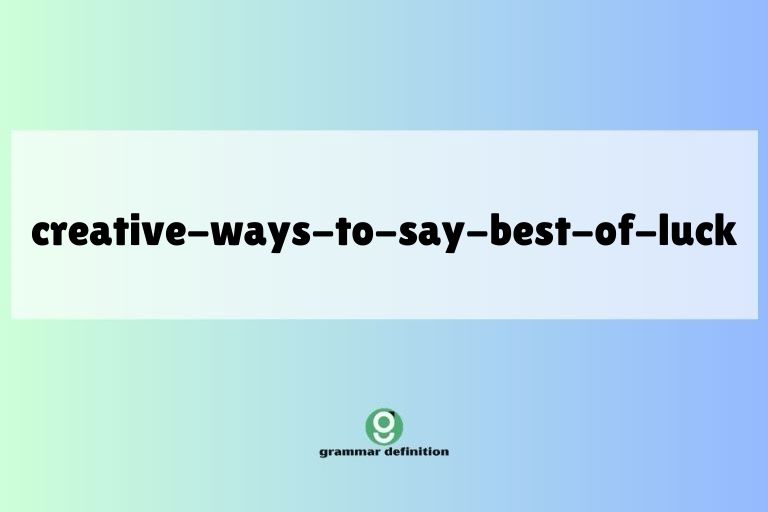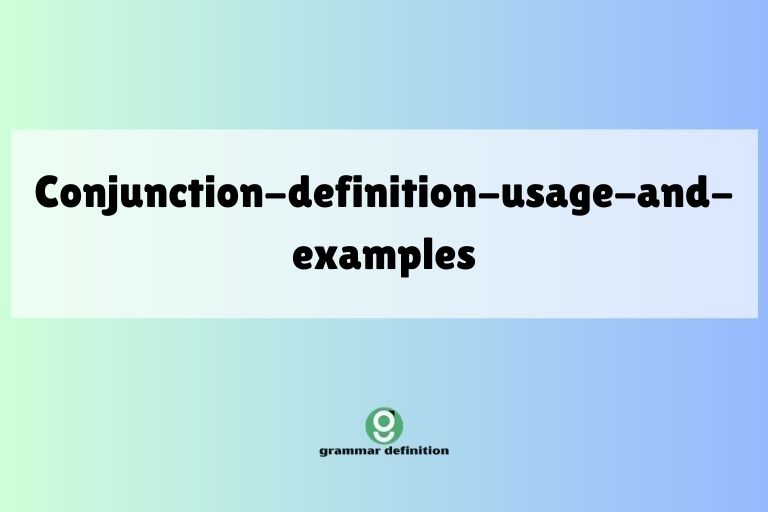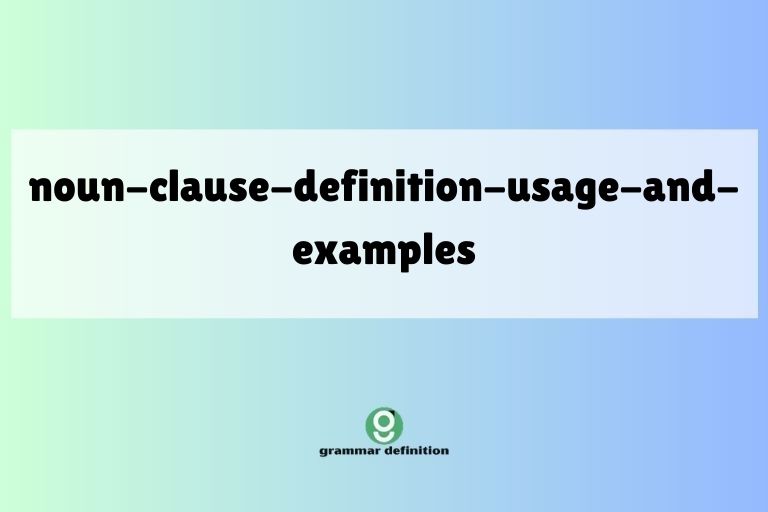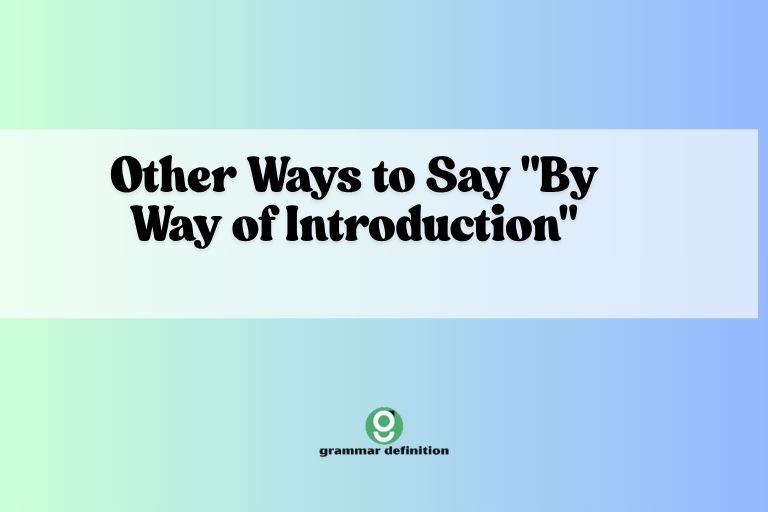Goose, Geese, or Geeses? Mastering Plural Forms
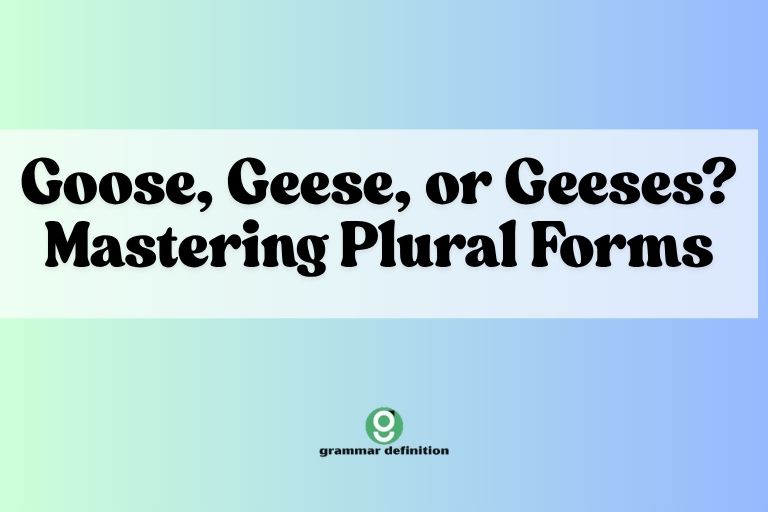
Understanding irregular plural forms in English, like the plural of “goose,” can be tricky but is essential for clear and accurate communication. The word “goose” follows an irregular pluralization pattern, which means it doesn’t simply add an “-s” or “-es” to form its plural.
Knowing when to use “goose,” “geese,” and understanding why “geeses” or “gooses” are incorrect is crucial for both native English speakers and learners. This article will provide a comprehensive guide to mastering the plural forms of “goose,” covering definitions, usage rules, common mistakes, and practice exercises to help you confidently use these words in your writing and speech.
This guide is designed for anyone looking to improve their grammar skills, including students, writers, and English language learners. By the end of this article, you will have a solid understanding of how to correctly use “goose” and “geese,” and you’ll be able to avoid common errors related to their pluralization.
Table of Contents
- Definition of Goose and Geese
- Structural Breakdown
- Types and Categories of Geese
- Examples of Goose and Geese in Sentences
- Usage Rules for Goose and Geese
- Common Mistakes with Goose and Geese
- Practice Exercises
- Advanced Topics: Collective Nouns and Idioms
- Frequently Asked Questions
- Conclusion
Definition of Goose and Geese
The word “goose” refers to a waterbird of the family Anatidae, which includes swans and ducks. Geese are larger than ducks and have longer necks.
The term can refer to either the female or the species in general. “Geese,” on the other hand, is the plural form of “goose,” indicating more than one goose.
Goose (singular): A waterbird with webbed feet, typically larger than a duck and smaller than a swan. It can also refer to the female of the species.
Geese (plural): The plural form of “goose,” indicating two or more of these birds.
The distinction between “goose” and “geese” is a classic example of irregular pluralization in English. Most nouns form their plural by adding “-s” or “-es,” but “goose” changes its internal vowel from “oo” to “ee” to form its plural.
Structural Breakdown
The pluralization of “goose” to “geese” follows a pattern known as internal vowel change or ablaut. This is a relatively uncommon way of forming plurals in modern English, but it was more prevalent in Old English. Other examples of nouns that follow this pattern include “foot” (feet), “tooth” (teeth), and “mouse” (mice).”
The structural change involves altering the vowel sound within the word. In the case of “goose,” the /uː/ sound in the singular form changes to the /iː/ sound in the plural form.
This change is not predictable based on standard English pluralization rules, making it necessary to memorize these irregular forms.
The incorrect forms “gooses” and “geeses” arise from attempts to apply regular pluralization rules to an irregular noun. Adding “-es” to “goose” or “-es” to the already plural form “geese” is grammatically incorrect.
Types and Categories of Geese
Geese belong to various species and can be categorized based on their habitat, physical characteristics, and migratory patterns. Understanding these categories can add context to your usage of “goose” and “geese.”
Wild Geese
Wild geese are those that live in natural environments and are not domesticated. Examples include Canada geese, snow geese, and greylag geese.
These geese often migrate long distances and are known for their distinctive honking calls.
Domestic Geese
Domestic geese are those that have been bred and raised by humans for various purposes, such as meat, eggs, and feathers. They are often larger and less migratory than wild geese.
Examples include Toulouse geese and Embden geese.
Migratory Geese
Migratory geese are those that travel long distances between their breeding and wintering grounds. They often fly in large flocks and follow specific routes.
Many species of wild geese are migratory.
Non-Migratory Geese
Non-migratory geese are those that stay in the same region year-round. These are typically domestic breeds or wild geese that have adapted to a specific environment with a stable food supply.
Examples of Goose and Geese in Sentences
The following examples illustrate the correct usage of “goose” and “geese” in various contexts. Pay attention to the singular and plural forms and how they are used in sentences.
Singular Form (“Goose”)
The following table provides example sentences that use the singular form of the word, “goose”.
| Category | Example Sentence |
|---|---|
| General | A goose waddled across the road. |
| Description | That goose has a beautiful white plumage. |
| Location | The goose was swimming in the pond. |
| Action | The goose honked loudly as we approached. |
| Possession | The goose’s nest was carefully hidden. |
| Specific Type | That is a Canada goose. |
| Symbolic | He cooked his goose when he made that mistake. |
| Figurative | She felt like a silly goose after tripping. |
| Farm Life | The farmer owned a prize-winning goose. |
| Observation | I saw a goose fly over the lake. |
| Daily Life | The goose pecked at the ground for food. |
| General | A lone goose stood by the riverbank. |
| Description | That goose is much larger than the ducks. |
| Location | The goose made its nest near the old oak tree. |
| Action | The goose spread its wings and took flight. |
| Possession | The goose’s honk echoed through the valley. |
| Specific Type | We identified it as a snow goose. |
| Symbolic | His actions cooked his goose in the negotiations. |
| Figurative | Don’t be a goose and believe everything you hear. |
| Farm Life | The goose laid a large egg every morning. |
| Observation | I noted the goose preening its feathers. |
| Daily Life | The goose provided a sense of calm to the farm. |
Plural Form (“Geese”)
The following table provides example sentences that use the plural form of the word, “geese”.
| Category | Example Sentence |
|---|---|
| General | Geese often fly in a V formation. |
| Description | The geese were honking loudly as they flew overhead. |
| Location | The geese were gathered on the lake. |
| Action | The geese migrated south for the winter. |
| Possession | The geese’s calls could be heard from miles away. |
| Specific Type | Those are Canada geese. |
| Observation | We watched the geese land in the field. |
| Farm Life | The farmer raised geese for their meat and eggs. |
| Daily Life | The geese provided a natural alarm system for the farm. |
| General | Flocks of geese can be seen during migration season. |
| Description | These geese are known for their distinctive markings. |
| Location | The geese nested on the small islands in the river. |
| Action | The geese grazed peacefully in the meadow. |
| Possession | The geese’s goslings followed closely behind them. |
| Specific Type | We spotted several snow geese among the flock. |
| Observation | I observed the geese interacting with each other. |
| Farm Life | The geese helped keep the garden free of pests. |
| Daily Life | The geese added to the charm of the rural landscape. |
| Migration | Thousands of geese pass through this area each year. |
| Wildlife | The geese are an important part of the local ecosystem. |
| Conservation | Efforts are underway to protect the habitat of these geese. |
| Photography | The geese made for a stunning photograph against the sunset. |
Incorrect Forms (“Gooses” and “Geeses”)
The following table illustrates the incorrect usages of “gooses” and “geeses”, along with the correct forms. These forms are never correct in standard English.
| Incorrect Form | Correct Form | Explanation |
|---|---|---|
| The child saw two geese in the park. | “Gooses” is not a valid plural form. | |
| There were many geese swimming in the lake. | “Geeses” is a double plural and is incorrect. | |
| I think I saw three geese flying south. | “Gooses” is not the correct plural form. | |
| The farmer had several geese on his farm. | “Gooses” is an incorrect pluralization. | |
| All the geese were making a lot of noise. | “Geeses” is a redundant and incorrect plural. | |
| I counted five geese by the river. | “Gooses” is not a recognized plural form. | |
| The geese were migrating early this year. | “Geeses” adds an unnecessary plural ending. | |
| We saw a flock of geese in the sky. | “Gooses” is an incorrect plural. | |
| The geese gathered in the field after the rain. | “Geeses” is a non-standard plural form. | |
| The guide pointed out the geese to the tourists. | “Gooses” is not a valid plural in English. |
Usage Rules for Goose and Geese
The primary rule is simple: use “goose” for a single bird and “geese” for two or more birds. However, there are a few nuances to consider.
Singular vs. Plural Agreement
Ensure that your verb agreement matches the noun. Use singular verbs with “goose” and plural verbs with “geese.”
- Correct: The goose is swimming.
- Correct: The geese are swimming.
- Incorrect: The goose are swimming.
- Incorrect: The geese is swimming.
Collective Nouns
While “geese” is the standard plural, collective nouns can sometimes be used to refer to a group of geese. However, these are less common.
- A gaggle of geese (typically used when they are on the ground)
- A skein of geese (typically used when they are flying)
When using a collective noun, the verb can be either singular or plural depending on whether you are emphasizing the group as a whole or the individual members.
- The gaggle of geese is crossing the road. (emphasizing the group)
- The gaggle of geese are honking loudly. (emphasizing individual actions)
Figurative Language
In some idiomatic expressions, “goose” might be used in a figurative sense. For example, “cook someone’s goose” means to ruin their chances.
Common Mistakes with Goose and Geese
The most common mistake is using “gooses” or “geeses” as the plural form. These are incorrect and should be avoided.
Another common error is using “goose” when referring to multiple birds.
The following table highlights common mistakes and their corrections.
| Incorrect | Correct | Explanation |
|---|---|---|
| I saw three gooses. | I saw three geese. | “Gooses” is not a correct plural form. |
| There was a lot of goose in the park. | There were a lot of geese in the park. | “Goose” should be “geese” to agree with “a lot of.” |
| The geeses were flying south. | The geese were flying south. | “Geeses” is a double plural and is incorrect. |
| Each goose have a nest. | Each goose has a nest. | Singular noun “goose” requires singular verb “has.” |
| The geese is eating grass. | The geese are eating grass. | Plural noun “geese” requires plural verb “are.” |
| A group of goose were swimming. | A group of geese were swimming. | “Goose” should be “geese” to correctly identify the animals. |
| The gooses were honking loudly. | The geese were honking loudly. | “Gooses” is not the correct plural form. |
| The goose are migrating now. | The geese are migrating now. | “Goose” should be “geese” to indicate a group. |
| The geese’s is beautiful. | The geese’s feathers are beautiful. | Added information to clarify, “geese’s” shows possession. |
| Many goose fly south for the winter. | Many geese fly south for the winter. | “Goose” should be “geese” to agree with “many.” |
Practice Exercises
Test your understanding with these practice exercises. Fill in the blanks with the correct form of “goose” or “geese.”
Exercise 1: Singular or Plural
Fill in each blank with the correct form: “goose” or “geese”.
| Question | Answer |
|---|---|
| 1. I saw a _______ swimming in the pond. | goose |
| 2. The _______ were flying in a V formation. | geese |
| 3. That _______ is very large. | goose |
| 4. Several _______ were grazing in the field. | geese |
| 5. A _______ laid an egg in the barn. | goose |
| 6. How many _______ did you see at the park? | geese |
| 7. The farmer owns a _______ that lays golden eggs. | goose |
| 8. The _______ flew over the house. | goose |
| 9. The _______ are migrating south for the winter. | geese |
| 10. A lone _______ stood by the water’s edge. | goose |
Exercise 2: Correct the Sentence
Correct the following sentences if they contain errors in the use of “goose” or “geese.” If the sentence is correct, write “Correct.”
| Question | Answer |
|---|---|
| 1. I saw five gooses in the park. | I saw five geese in the park. |
| 2. The geese is swimming in the lake. | The geese are swimming in the lake. |
| 3. A flock of goose flew overhead. | A flock of geese flew overhead. |
| 4. There was one goose by the river. | Correct |
| 5. The geeses were making a lot of noise. | The geese were making a lot of noise. |
| 6. The goose are very territorial. | The geese are very territorial. |
| 7. We spotted a goose near the pond. | Correct |
| 8. The gooses migrated early this year. | The geese migrated early this year. |
| 9. A goose laid an egg every day. | Correct |
| 10. The geese’s honks echoed through the valley. | The geese’s honks echoed through the valley. |
Exercise 3: Fill in the Blanks (Advanced)
Fill in the blanks with the appropriate form of “goose” or “geese,” paying attention to context and sentence structure.
| Question | Answer |
|---|---|
| 1. The farmer raised _______ for their feathers and meat. | geese |
| 2. A _______ can be quite aggressive if it feels threatened. | goose |
| 3. During the winter, large flocks of _______ migrate south. | geese |
| 4. The _______ nest was well-hidden among the reeds. | goose’s |
| 5. The sound of _______ honking filled the air as they flew overhead. | geese |
| 6. The _______ population has been steadily increasing in recent years. | goose |
| 7. The children enjoyed feeding the _______ at the park. | geese |
| 8. The _______ waddled towards the pond, eager for a swim. | goose |
| 9. The _______ are known for their strong family bonds. | geese |
| 10. He cooked his _______ when he revealed the secret. | goose |
Advanced Topics: Collective Nouns and Idioms
Beyond the basic singular and plural forms, there are more complex aspects of using “goose” and “geese,” including collective nouns and idiomatic expressions.
Collective Nouns Revisited
As mentioned earlier, collective nouns like “gaggle” and “skein” are used to describe groups of geese. “Gaggle” typically refers to geese when they are on the ground, while “skein” refers to geese in flight.
Using these terms correctly can add nuance to your writing.
Examples:
- A gaggle of geese was blocking the road.
- We saw a skein of geese flying south for the winter.
Idiomatic Expressions
Several idiomatic expressions use the word “goose,” often in a figurative sense. Understanding these idioms can enhance your comprehension of English and add color to your speech.
- Cook someone’s goose: To ruin someone’s chances or plans. (Example: He cooked his goose when he missed the deadline.)
- A wild goose chase: A futile or pointless pursuit. (Example: Looking for the lost keys was a wild goose chase.)
- Silly goose: A playful term for someone acting foolishly. (Example: Don’t be a silly goose; wear your hat in the cold.)
Frequently Asked Questions
Here are some frequently asked questions about the plural of “goose.”
-
Q: Why is the plural of “goose” “geese” and not “gooses”?
A: The pluralization of “goose” to “geese” is an example of an irregular plural form known as internal vowel change or ablaut. This pattern was more common in Old English, and a few words like “foot” (feet), “tooth” (teeth), and “mouse” (mice) still follow it. “Goose” retains this older form of pluralization rather than adopting the standard “-s” ending.
-
Q: Is it ever correct to use “gooses” or “geeses”?
A: No, “gooses” and “geeses” are never correct in standard English. The correct plural form of “goose” is always “geese.” Using “gooses” or “geeses” is a common mistake, but it should be avoided in formal writing and speech.
-
Q: What is a collective noun for geese?
A: The most common collective nouns for geese are “gaggle” (when they are on the ground) and “skein” (when they are flying). You can also use “flock” to refer to a group of geese, but “gaggle” and “skein” are more specific and descriptive.
-
Q: How do I remember that the plural of “goose” is “geese”?
A: One way to remember is to associate “goose” with other words that follow the same irregular pluralization pattern, such as “foot” (feet) and “tooth” (teeth). You can also create mnemonic devices or practice using the word “geese” in sentences to reinforce the correct form.
-
Q: Can “goose” be used as a verb?
A: Yes, “goose” can be used as a verb, although it’s less common. It means to poke someone in the buttocks, typically as a prank. (Example: He goosed his friend as a joke.) However, this usage is quite informal and may be considered inappropriate in many contexts.
-
Q: Are there different types of geese, and does that affect the pluralization?
A: Yes, there are many different species of geese, such as Canada geese, snow geese, and greylag geese. However, the pluralization rule remains the same for all types: the plural of “goose” is always “geese,” regardless of the specific species.
-
Q: In the sentence “The gaggle of geese is/are crossing the road,” which verb is correct?
A: Both “is” and “are” can be correct, depending on the emphasis. If you are emphasizing the group as a single unit, use “is.” If you are emphasizing the individual geese within the group, use “are.” So, both “The gaggle of geese is crossing the road” and “The gaggle of geese are crossing the road” are grammatically acceptable, though the former is more common.
-
Q: Can you provide examples of how “goose” is used in idiomatic expressions?
A: Certainly! Here are a couple of examples: “He cooked his goose when he missed the deadline,” meaning he ruined his chances. Another example is, “Don’t be a silly goose and forget your umbrella,” which is a playful way of telling someone not to be foolish.
Conclusion
Mastering the plural form of “goose” is a small but important step in improving your English grammar skills. Remember that the correct plural is “geese,” and avoid the common mistakes of using “gooses” or “geeses.” Understanding the rules, practicing with examples, and being aware of common errors will help you use these words correctly and confidently.
By understanding the nuances of irregular pluralization and practicing consistently, you can avoid these common errors and communicate more effectively. Keep practicing, and soon using “goose” and “geese” correctly will become second nature.

